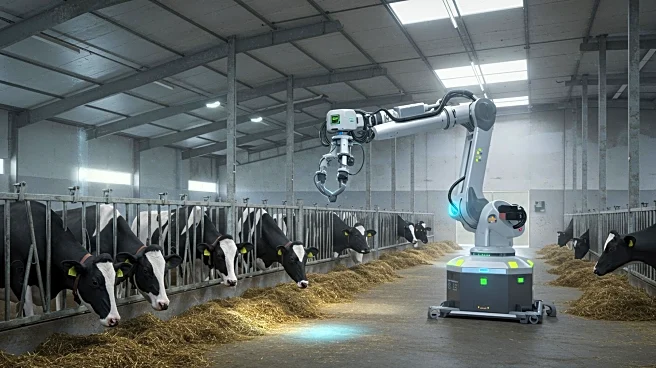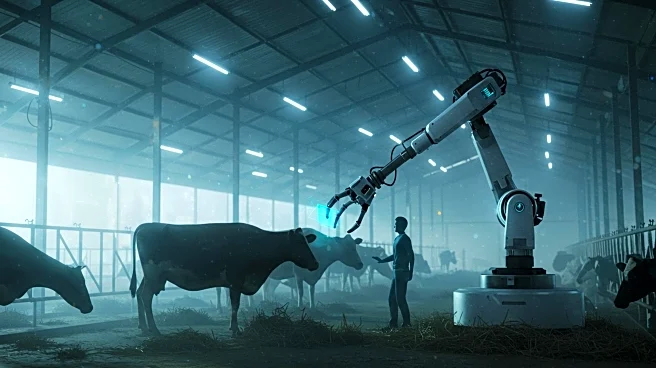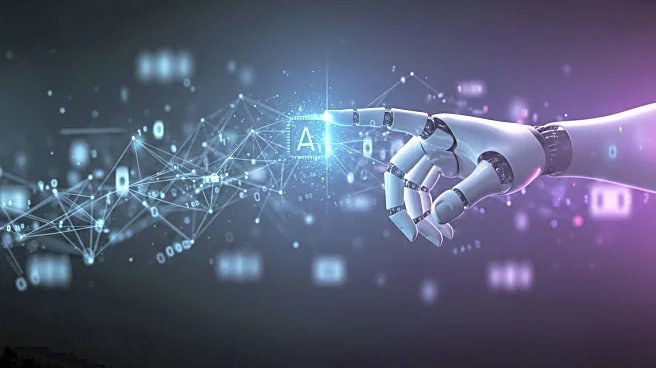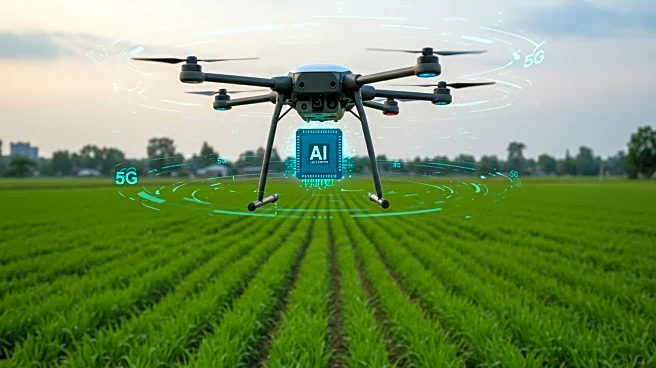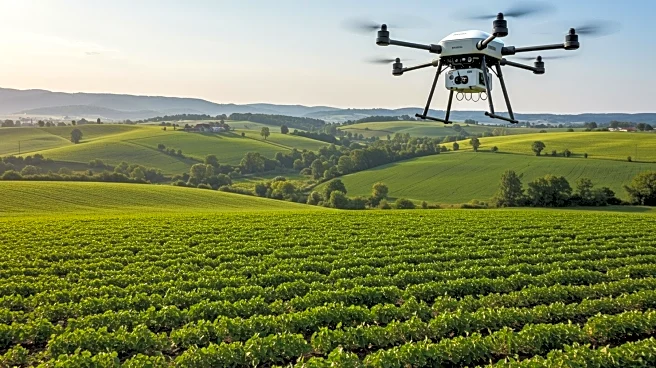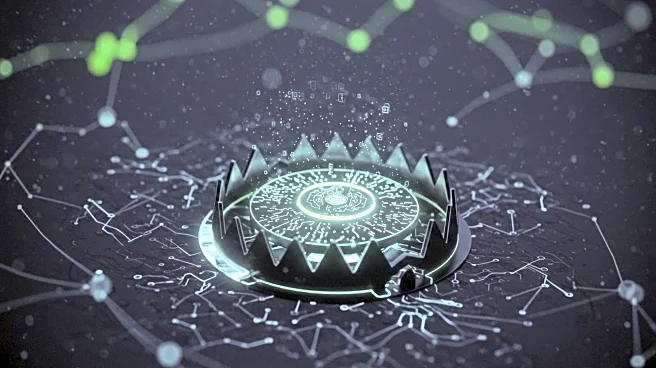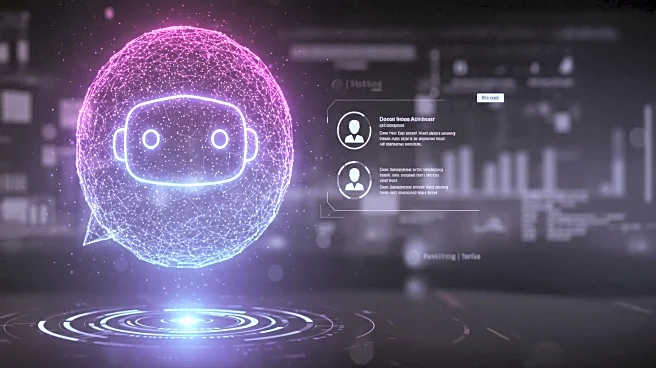What's Happening?
Recent developments in technology and artificial intelligence (AI) are significantly improving the monitoring and management of animal health and welfare. These advancements allow for the collection and analysis of large, diverse datasets, enabling precise and timely monitoring of animal health, behavior, and physiological metrics. AI technologies, including machine learning and computer vision, are being used to detect and predict diseases, enhancing the overall health and welfare of animals. The integration of AI in animal health systems is revolutionizing diagnostics and decision-making processes, although challenges such as ethical considerations and data governance remain.
Why It's Important?
The integration of AI in animal health monitoring has the potential to transform the agricultural and veterinary sectors by improving disease detection and management. This can lead to healthier livestock, increased productivity, and reduced economic losses due to disease outbreaks. Moreover, the ethical use of AI in this context raises important questions about data privacy and the role of technology in animal welfare. Stakeholders, including farmers, veterinarians, and policymakers, stand to benefit from these advancements, although they must navigate the challenges associated with implementing these technologies.
What's Next?
Future developments will likely focus on overcoming the current challenges of AI implementation in animal health, such as ethical concerns and data management. Continued research and collaboration among technology developers, veterinarians, and policymakers will be crucial in addressing these issues. Additionally, the development of new AI tools and technologies will continue to enhance the capabilities of animal health monitoring systems.
Beyond the Headlines
The ethical implications of using AI in animal health monitoring are significant, as they involve considerations of data privacy and the potential for misuse of technology. Furthermore, the long-term impact of these technologies on traditional farming practices and the veterinary profession could lead to shifts in industry standards and practices.
